Best Time And Places To Spot Monarch Butterflies In Arizona
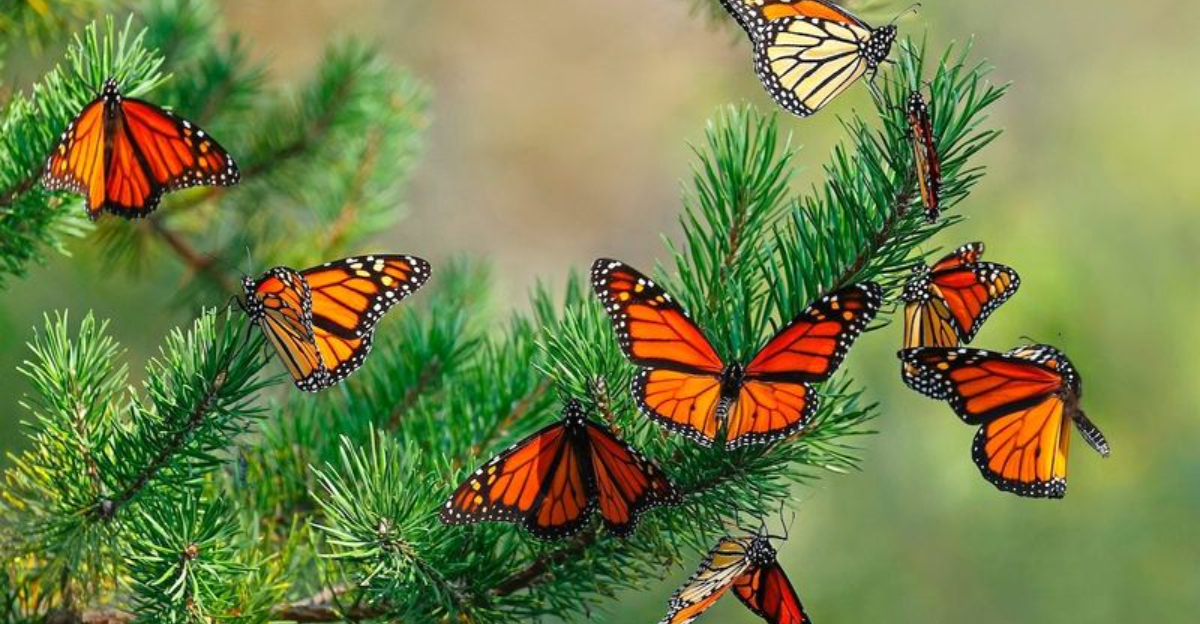
Orange wings fluttering against Arizona’s blue skies create a magical sight for nature lovers. Monarch butterflies journey through our state during their famous migration, transforming ordinary landscapes into living art.
Knowing when and where to look dramatically increases your chances of witnessing these delicate travelers as they dance through our desert state.
1. Peak Season For Sightings
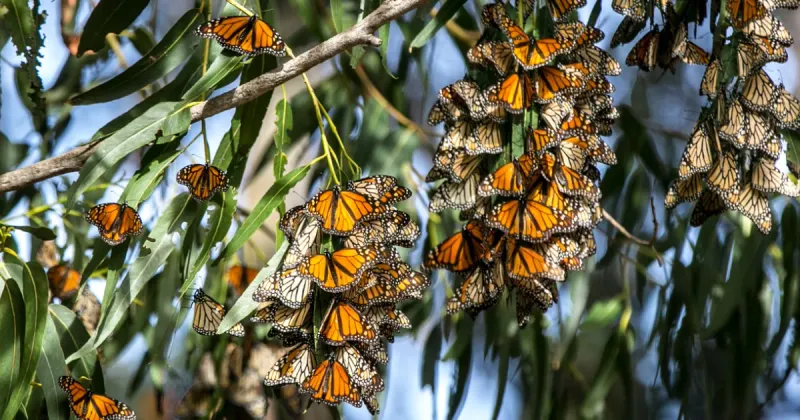
September through October brings a flurry of orange and black wings across Arizona’s landscape. These months mark the height of the monarch migration through our state.
Early fall creates perfect conditions as monarchs journey southward toward Mexico. Pack your camera and binoculars for this spectacular natural event!
2. Best Months To Visit
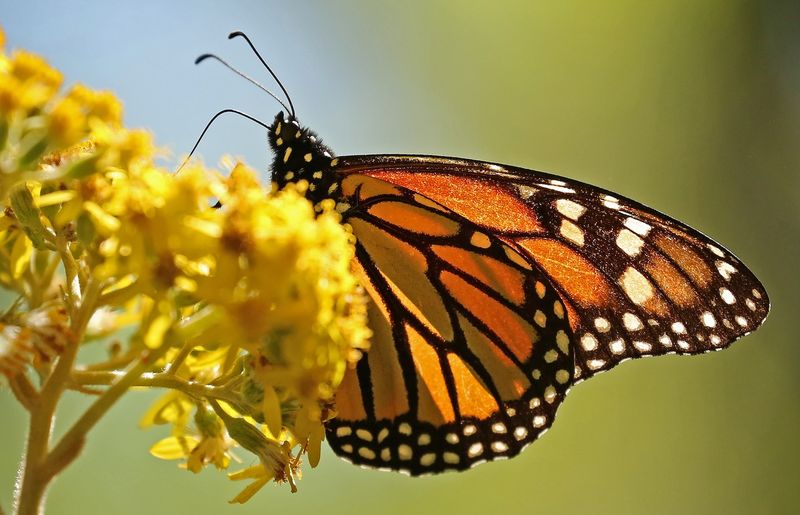
March welcomes the first wave of northbound monarchs, while October sees their southward journey. These bookend months offer reliable viewing opportunities throughout Arizona.
Spring monarchs appear more worn from their long travels north. Fall butterflies often display fresher, more vibrant wings as they begin their Mexican migration.
3. Morning Is Ideal
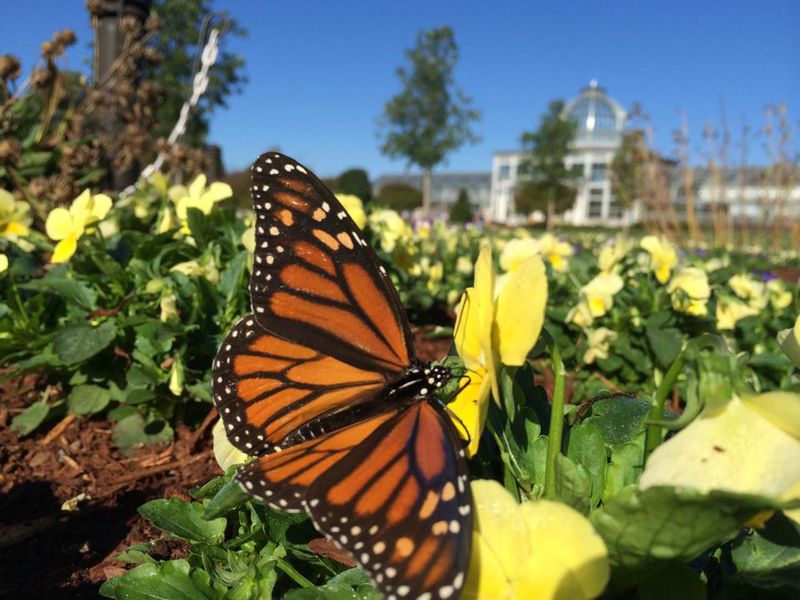
Sunrise until 10 AM offers prime monarch-watching opportunities. During these golden hours, butterflies warm their wings in the gentle morning sun before taking flight.
Early risers get rewarded with peaceful viewing conditions before crowds arrive. Bring a thermos of coffee and enjoy nature’s quiet show as monarchs begin their daily activities.
4. Watch During Warm Days
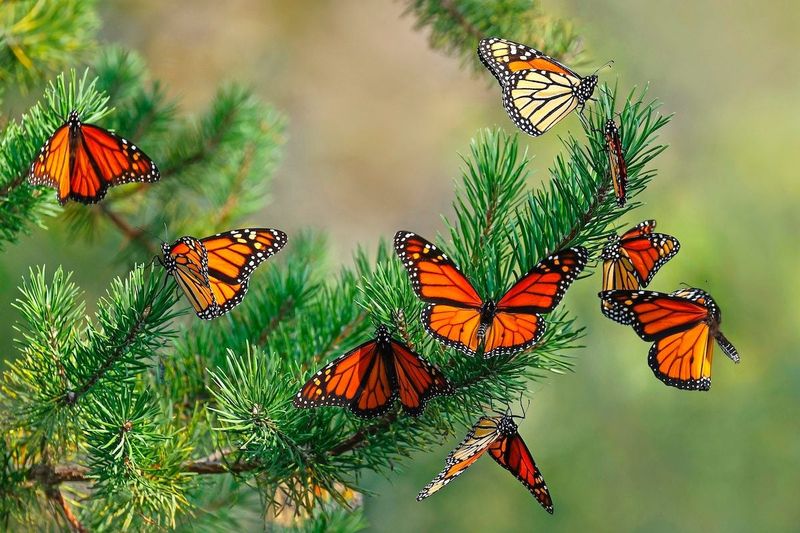
Temperatures between 75-85°F create perfect conditions for monarch activity. These warm but not scorching days energize butterflies, making them more visible as they feed and fly.
Cool mornings might show clusters of monarchs waiting for warmth. As temperatures rise, they’ll spread their wings and become increasingly active throughout garden spaces.
5. Avoid Windy Afternoons
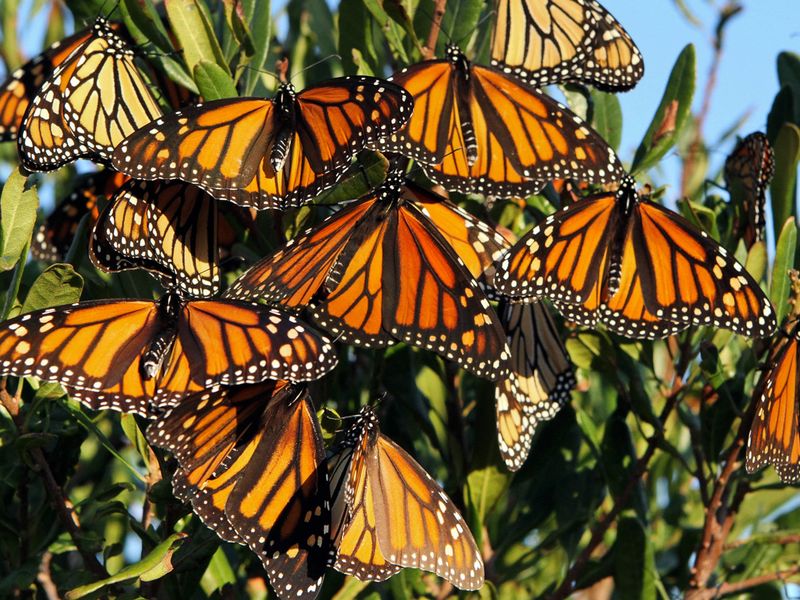
Monarchs seek shelter when Arizona’s afternoon winds kick up. These delicate creatures struggle against strong gusts, often hiding among dense vegetation until calmer conditions return.
Plan your butterfly excursions for still mornings or evenings. The butterflies will be more visible and active when they don’t have to battle against nature’s powerful air currents.
6. Look Near Milkweed Patches

Milkweed plants act like monarch magnets across Arizona landscapes. These essential plants provide both food for caterpillars and nectar for adult butterflies.
The relationship between monarchs and milkweed is exclusive – females only lay eggs on these plants. Finding wild milkweed patches almost guarantees monarch sightings during migration seasons.
7. Visit Butterfly Gardens
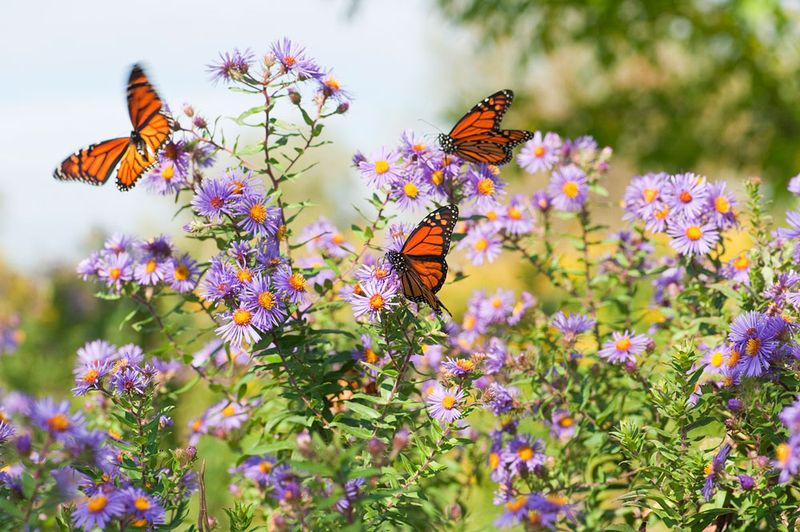
Specially designed butterfly habitats offer concentrated viewing opportunities year-round. These gardens feature carefully selected nectar plants that attract and nourish monarchs throughout their lifecycle.
Many Arizona butterfly gardens include educational displays about migration patterns. Volunteers often provide fascinating insights about these remarkable insects during your visit.
8. Explore Desert Botanical Garden
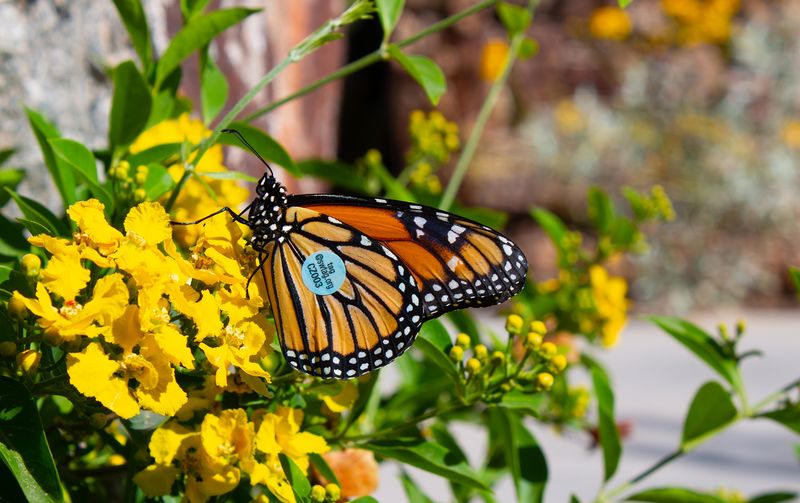
Phoenix’s crown jewel garden creates a monarch paradise amid the desert landscape. Their butterfly pavilion and specially designed pollinator gardens attract dozens of monarch butterflies during migration seasons.
Garden staff tag monarchs as part of conservation efforts. Visit during scheduled butterfly walks to learn about these tracking programs while enjoying close encounters with these magnificent insects.
9. Try Boyce Thompson Arboretum
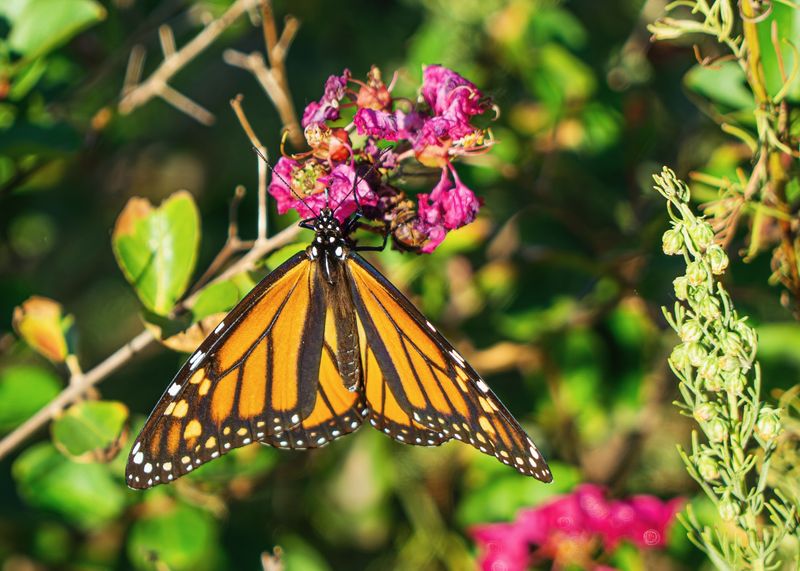
Just outside Superior, this stunning arboretum becomes a monarch highway during migration seasons. Its diverse plant collections and protected location create ideal conditions for butterfly viewing.
The Children’s Garden section features specific monarch-friendly plantings. Hummingbird-monarch gardens near the main entrance offer excellent photography opportunities throughout warm months.
10. Check Out Tucson Area Trails
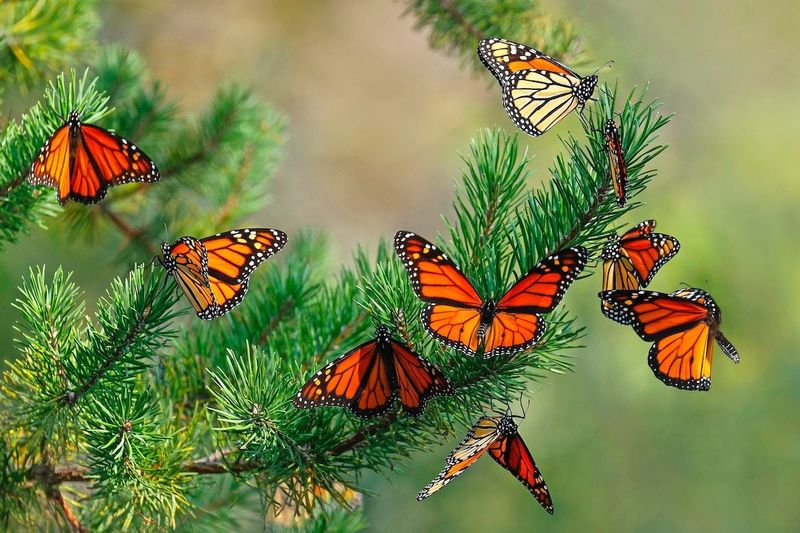
Sabino Canyon and Catalina State Park trails transform into monarch highways during migration periods. These natural corridors provide resting spots and nectar sources for traveling butterflies.
Early morning hikes offer the best viewing opportunities before the desert heat intensifies. Pack plenty of water and wear sun protection while searching for these orange-winged travelers along shaded paths.
11. Walk Through Riparian Zones
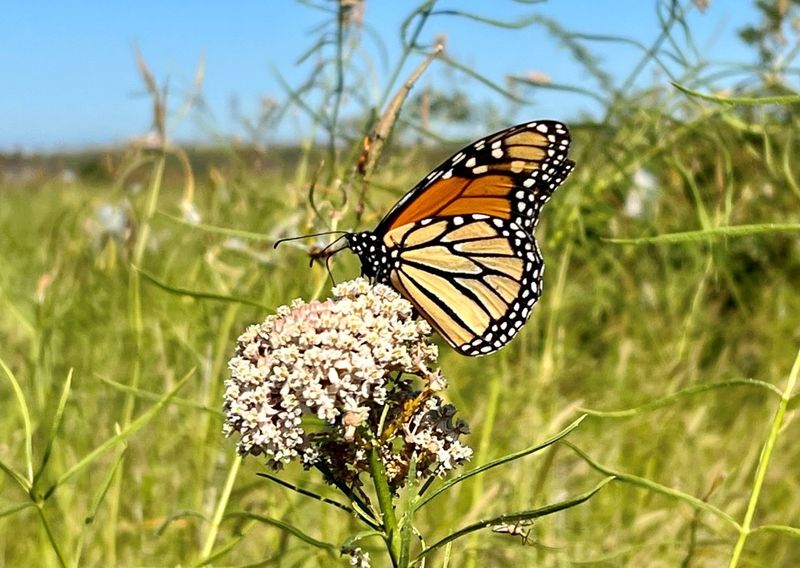
Water-rich areas like Patagonia Lake and San Pedro River attract thirsty monarchs throughout their journey. These lush zones stand in stark contrast to surrounding desert, creating butterfly oases.
The cooler microclimate near water supports abundant flowering plants. Monarchs congregate in these areas to refuel before continuing their ambitious migration route through Arizona’s diverse landscapes.
12. Search Along Riverbanks
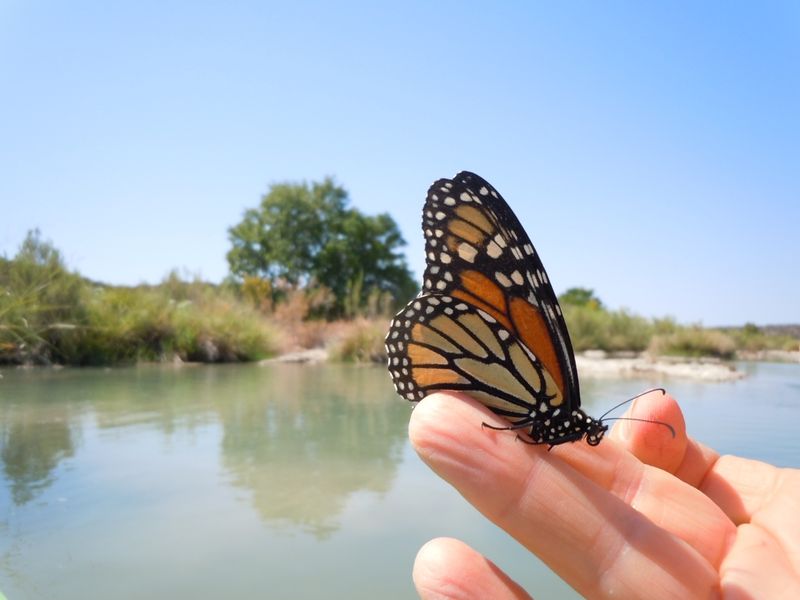
Arizona’s precious waterways create green corridors that monarchs follow during migration. The Verde River and Oak Creek provide essential resources for butterflies traveling through our arid state.
Riverbank vegetation offers both nectar and shelter. Watch for clusters of monarchs gathering on cottonwood trees or feeding on wildflowers that thrive in these moisture-rich environments.
13. Spot Them In Urban Parks
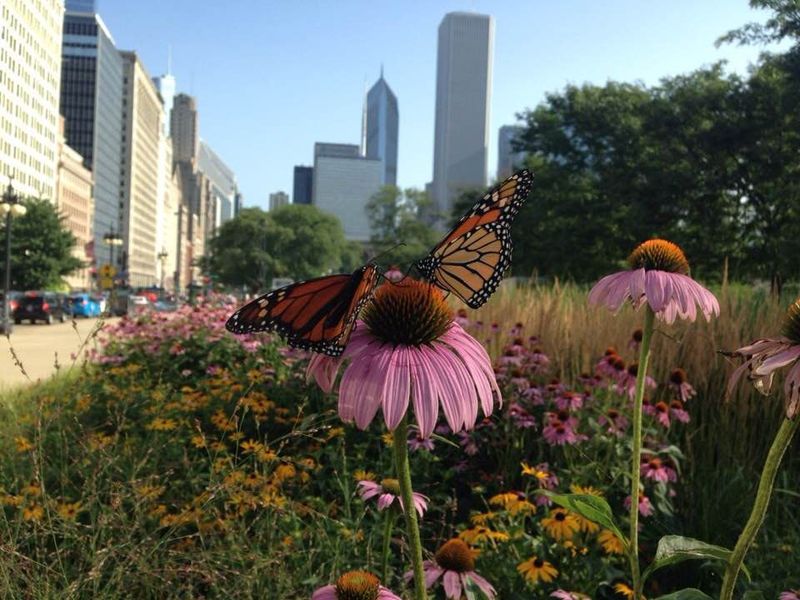
City parks with native plantings become monarch hotspots even within busy urban environments. Places like Reid Park in Tucson and Encanto Park in Phoenix attract surprising numbers of these migratory insects.
Urban butterfly gardens demonstrate how even small green spaces matter. The contrast of orange wings against city backdrops creates magical photo opportunities for nature enthusiasts.
14. Best Times After Rain
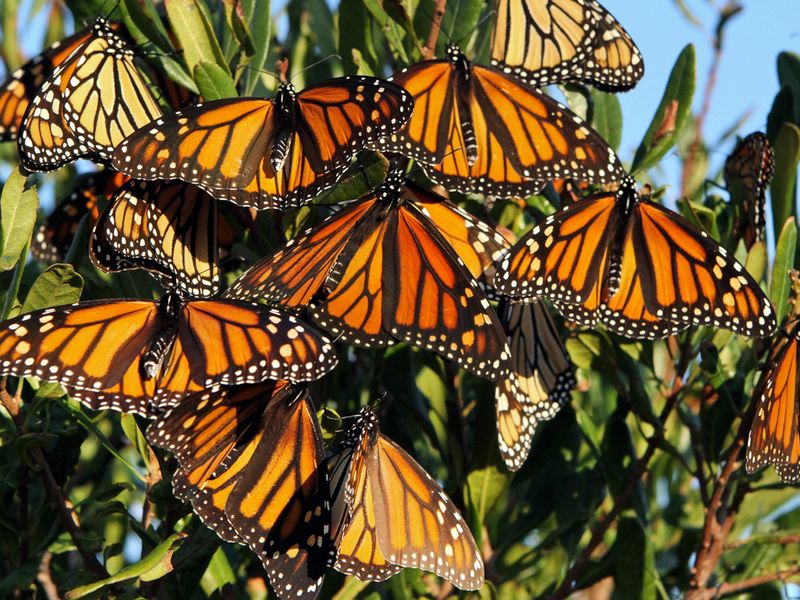
Sudden butterfly activity follows summer monsoon showers across Arizona. These rain events trigger desert plants to bloom, creating nectar bonanzas that attract hungry monarchs.
The day after a good rain offers excellent viewing opportunities. Moist soil provides butterflies with needed minerals, often creating gatherings of monarchs on damp ground – a phenomenon butterfly enthusiasts call “puddling.”






